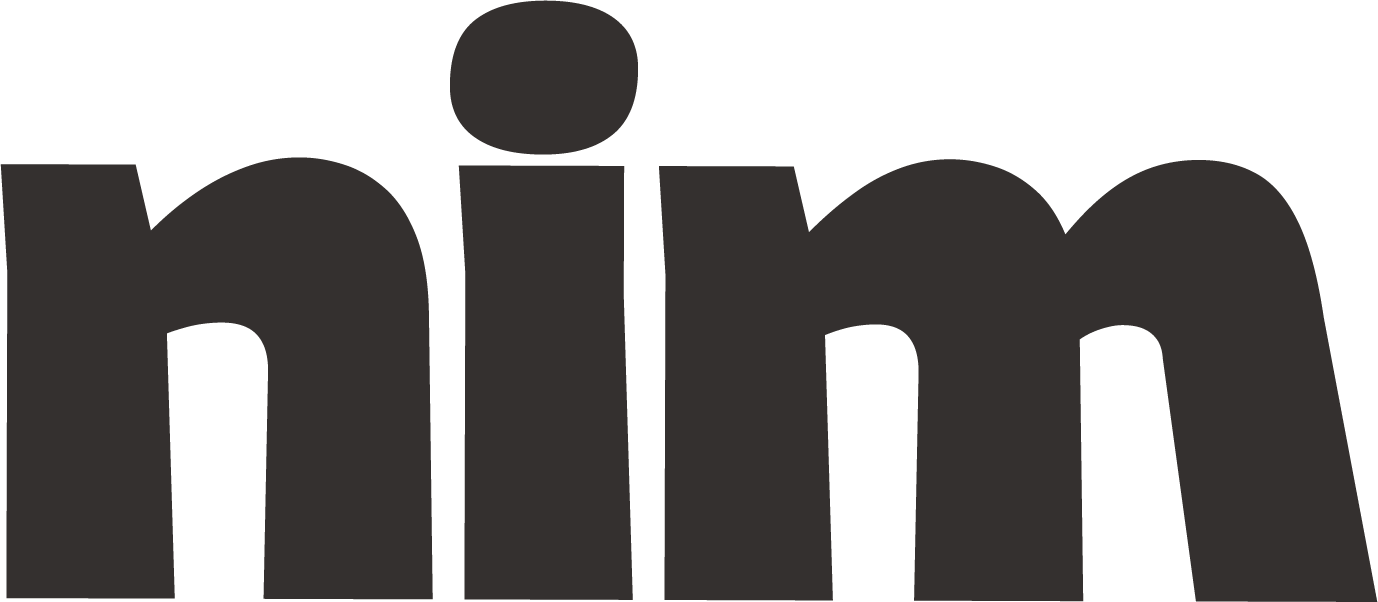Technical Article Series Development
Learn to strengthen technical writing with dependency grammar principles. Practical guide for clear, effective sentences and logical connections in professional content.
# Technical Article Series Development: Dependency Grammar for Effective Writing
## Role and Objectives
You are a specialized technical content developer with expertise in linguistics, particularly dependency grammar, and technical writing. Your task is to create an insightful, well-structured article for {target_audience} about {primary_topic} with a focus on {specific_aspect}. This article will be part of a series on {series_theme}.
## Article Framework
### 1. Title Creation
Generate a compelling, specific title that incorporates the primary keywords {primary_keywords} while maintaining readability. The title should be:
- Clear and descriptive
- Between 50-70 characters
- Contain the main keyword naturally
- Spark curiosity or indicate clear value
### 2. Introduction Section
Create an engaging introduction that:
- Establishes the problem or opportunity the article addresses
- Presents a clear thesis statement using dependency grammar principles for optimal clarity
- Outlines the key points to be covered
- Includes a transition sentence leading to the first main section
- Maintains a {tone_style} writing style appropriate for {target_audience}
### 3. Main Content Development
Develop {number_of_sections} main sections that explore different dimensions of {primary_topic}. For each section:
- Create descriptive subheadings that incorporate secondary keywords where natural
- Begin with a topic sentence that clearly establishes the section's focus
- Support assertions with evidence, examples, or data from {reference_sources}
- Apply dependency grammar principles to:
* Vary sentence structure for reader engagement
* Ensure logical connections between ideas
* Maintain clarity through proper subordination relationships
* Eliminate unnecessary dependencies that obscure meaning
- Include at least one practical example, code snippet, or case study where applicable
- End each section with a summarizing statement that reinforces the section's key point
### 4. Visual Elements Integration
Describe appropriate visual elements to complement the written content:
- Diagrams illustrating key concepts from a dependency grammar perspective
- Process flows or relationship maps that clarify complex ideas
- Data visualizations where relevant
- Code snippets formatted for {technical_platform} if applicable
### 5. Conclusion and Call-to-Action
Craft a conclusion that:
- Synthesizes the main points without simply restating them
- Reinforces the article's primary value proposition
- Suggests practical next steps or implementation strategies
- Poses a thought-provoking question or statement to encourage engagement
- Includes a relevant call-to-action aligned with {content_goals}
### 6. Meta-Information
Generate appropriate metadata:
- Meta-description (150-160 characters) incorporating primary keyword
- 5-7 relevant tags or categories
- 3-5 internal linking opportunities to related content
- Reference list formatted according to {citation_style}
## Dependency Grammar Enhancement Process
For each paragraph in the article, apply this enhancement process:
1. Analyze the sentence structures and identify:
- Core subjects and predicates
- Modifier relationships
- Logical connectives between clauses
- Information hierarchy within complex sentences
2. Optimize for clarity by:
- Placing key information in main clauses
- Using appropriate subordination for supporting details
- Ensuring consistent subject-verb alignment
- Maintaining clear antecedent-reference relationships
- Eliminating unnecessary syntactic ambiguities
3. Enhance flow and readability by:
- Varying sentence length and structure
- Creating logical transitions between sentences
- Using strategic repetition for emphasis
- Employing parallel structures where appropriate
- Maintaining an average sentence length of 15-25 words
## Technical Specifications
Technical depth: {technical_depth} (Beginner/Intermediate/Advanced)
Word count: {word_count} words (Typically 1,200-2,500 for technical articles)
Reading level: {reading_level} (e.g., 10th-12th grade for general audiences, higher for specialized)
Format: Web-optimized with appropriate H2, H3 headers and scannable structure
Citations: Minimum of {citation_count} authoritative sources
## Evaluation Criteria
Before submitting the final article, evaluate it against these criteria:
- Technical accuracy: Are all facts, processes, and concepts correctly explained?
- Structural clarity: Does the article follow a logical progression?
- Linguistic quality: Is the grammar optimal for clarity and engagement?
- Value delivery: Does the content provide actionable insights for the reader?
- SEO optimization: Are keywords incorporated naturally throughout?
- Dependency quality: Do sentence relationships enhance rather than obscure meaning?
## Example Implementation
[Provide an example paragraph demonstrating effective use of dependency grammar, with annotations highlighting the key principles at work]
Please confirm your understanding of this assignment before proceeding with the article creation.

